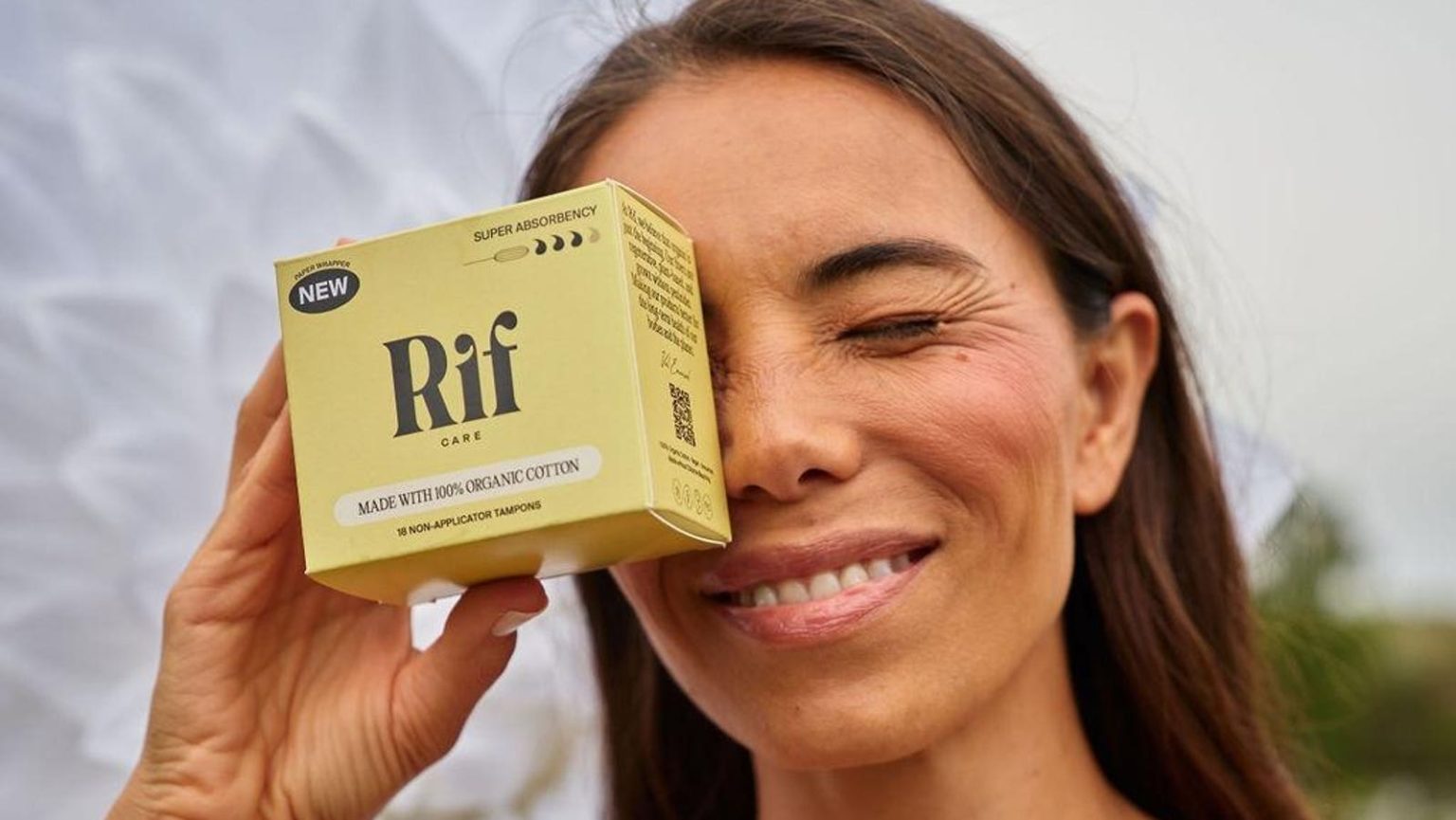The rise of women in sports has led to a new golden age for advertisers targeting female audiences, with events like the Elite Eight showdown between the University of Iowa and Louisiana State University drawing record viewership. This surge in interest in women’s sports is part of a larger trend that has seen women’s events like the Women’s World Cup Final and Serena Williams’ final match breaking records for viewership. These developments have been fueled by policy changes, increased female labor force participation, and rapid media innovation, turning women’s sports into a billion-dollar industry.
Despite the growing economic power of women, advertisers have historically underestimated the potential of this market. Men are still disproportionately represented in professional and leadership roles in advertising, while women, especially those with darker skin tones, continue to be overlooked. This gap in representation has resulted in a missed opportunity for advertisers to tap into the vast potential of the women’s market, with some estimates suggesting that excluding women could cost companies close to $800 billion. Women-led startups are particularly disadvantaged, receiving only a fraction of venture capital funding compared to male-led startups.
Consumer brands are starting to capitalize on the women’s market, with direct-to-consumer brands targeting demographic segments once considered unprofitable. One industry exemplifying this trend is feminine hygiene, with retailers focusing on organic, biodegradable products to meet consumer concerns about both environmental and personal well-being. Brands like Rif Care, a BIPOC women-owned feminine care brand, are disrupting the $40 billion industry by offering sustainable period products made with organic materials. Rif Care has leveraged data to strategically position itself in the market, with celebrities like supermodel Ashley Graham endorsing the brand to attract investors’ interest. This trend reflects a growing interest from investors in the consumer packaged goods category, driven by the growth of e-commerce and advancements in targeting tools like AI.
The fintech industry also has a unique opportunity to cater to the female market by customizing products and services for women, who are shown to have higher loyalty, lifetime value, and lower default risk compared to men. Fintech firms that cater to women observe higher customer lifetime value and can better design products in categories like lending, savings, and insurance to appeal to female consumers. Companies like Tandym are leveraging payment processing and rewards programs to develop greater customer loyalty among female consumers. This presents a significant opportunity for fintech companies to tap into the growing economic power of women and address the unique needs and preferences of this market segment.
As technology and consumer brands continue to cater to the demands of women, the athletes of March Madness are captivating audiences with their athleticism and skill. As the tournament comes to a close, it is clear that the ball is in the women’s court, with women in sports, advertising, consumer brands, and fintech leading the way in reshaping industries and challenging traditional norms. The rise of women in sports and the market potential of female consumers are driving a new era of opportunity for advertisers, brands, and investors to engage with and cater to the evolving needs and preferences of women.


